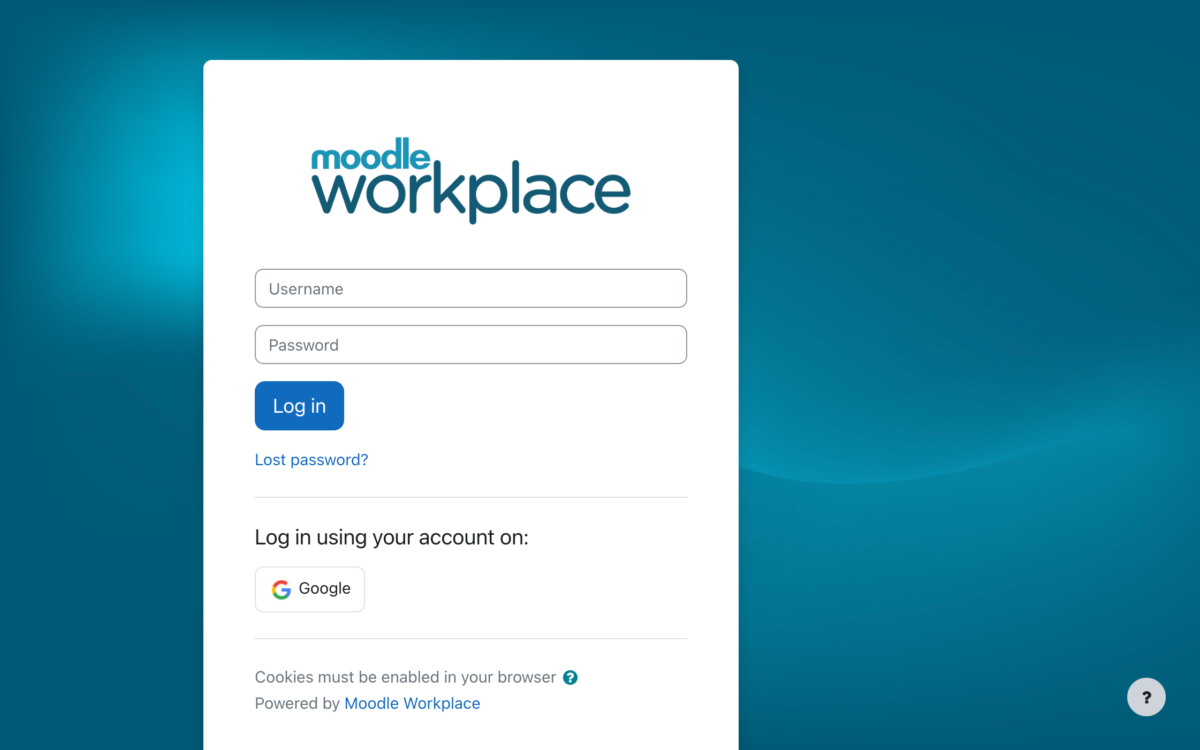The 70-20-10 model is a learning and development model that has been adopted by many organisations both within Australia and overseas. While there is a distinct lack of empirical data, the 70-20-10 model is a practice many learning and education teams adopt within their organisations. A recent white paper demystifies the model and provides a useful insight for L&D professionals.
Origin
According to a Deakin Prime White Paper by Kajewski and Madsen, the origins of the 70-20-10 model are somewhat vague. Research in the 1980s cites the work of Morgan McCall, Robert Eichinger and Michael Lombardo as originators of the 70-20-10 model. However, recent research suggests that Professor Allen Tough in his study, ‘The Adult’s Learning Projects’ conceived of the 70-20-10 model where he posited that
the majority of adult learning (about 70%) takes place outside institutional frameworks, while 20% is supported by those are not professional helpers, such as supervisors, colleagues, parents and friends. Professional helpers, such as teachers, trainers and counsellors, account for only 10%.
Interpretations
Most organisations align their practice of the 70-20-10 model as follows:
70% informal, on the job, experience based, projects and practice;
20% coaching, mentoring and developing through others;
10% formal learning interventions and structured courses.
Model
The White Paper summarises how the various organisations Kajewski and Madsen surveyed and interviewed applied the 70:20:10 model in their organisations. These organisations adopted and integrated the 70:20:10 model with varying degrees:
- integrating the model within performance objectives
- embedding the model within learning and education activities and curricula
- including the model within organisations training programs such as in accounting firms who have their own professional development curriculum
- incorporating 70:20:10 principles in performance evaluation
Learning and education professionals will use a number of these methods alone or in combination to develop their organisations strategy in delivering the 70:20:10 model.
Benefits and challenges
Organisations that implemented the 70:20:10 model noted the following benefits:
- greater awareness of managing performance
- staff investment in developing skills and furthering their training
- development is constant
- increased involvement of supervisors and managers in the development of staff creates a positive impact on working culture
Kajewski and Madsen also explored the challenges that the L&D professionals experienced in integrating the model within their working culture:
- engaging stakeholders buy-in
- explaining the role of supervisors and managers in implementing the 70:20:10 model
- measuring the impact of informal learning and the requirement for ROI reporting
Kajewski and Madsen report that measuring the impact of informal learning was a common theme amongst the learning and education professionals they surveyed. Although performance self-evaluation and assessment in formal learning can help in some way to measure the impact of the 70:20:10 model, more work needs to be done in this area.
Advice for effective practice
Kajewski and Madsen suggest some key considerations for effective practice of 70:20:10 model:
Customise and evaluate how 70:20:10 will be embedded
The 70:20:10 model should be used as a guide rather than a rigid approach. Organisations should determine how they apply the 70:20:10 principles according to their training, performance management and curriculum needs. Embedding the 70:20:10 within broader business processes will help organisations evaluate the way they implement the model and make it part of their working culture. Learning and education professionals should constantly review and revise the way 70:20:10 principles are adopted and carried out.
Clarify expectations and create shared understanding
One of the most important things in promoting the 70:20:10 model is to provide an environment where staff can engage with the principals and how they can use and apply it to their learning and work performance.
HR and learning and education professionals should engage with stakeholders to get their buy-in. Managers and employees can also help integrate and embed the 70:20:10 approach into their working and learning environment by engaging in on the job coaching and consultation.
Regular team meetings and seminars can be tools to help support and advocate the 70:20:10 model.
Learning and development
Learning and development staff can support and encourage the model by integrating its principals into curriculum, and training activities.
Clear communication
HR and learning and development professionals need to communicate the 70:20:10 model to stakeholders and staff means in a language that is clear and concise. Avoid jargon and complicated educational terminology.
Be prepared for challenge
As with most change in organisations, new learning directions are often met with challenge and resistance. Be prepared to have challenging conversations with staff and stakeholders about how the 70:20:10 model can benefit staff development, performance and the impact this can have on business revenue.







